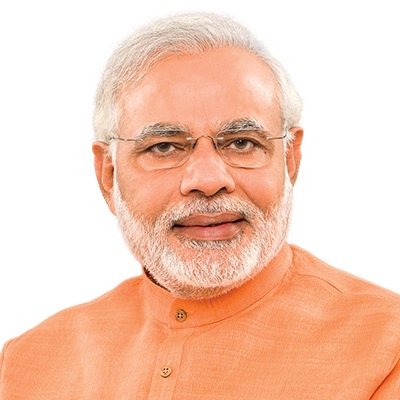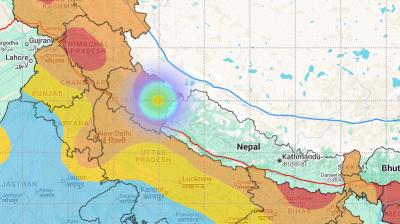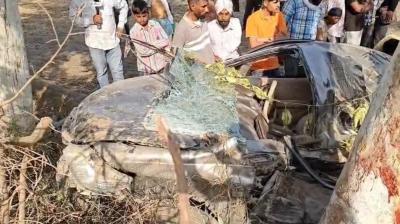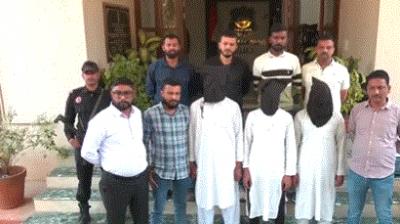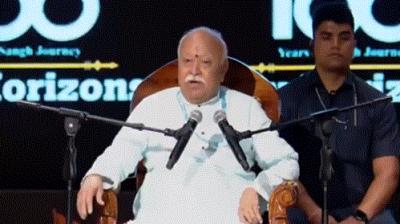A cloud of uncertainty hangs over the
participation of the AIADMK and JD (U) in the Union Cabinet as Prime
Minister Narendra Modi undertakes its reshuffle on Sunday.
Internal troubles in the Tamil Nadu party, which has been hit by a
rebellion led by TTV Dhinakaran, can prove to be a stumbling block in
its joining the government as it works to defuse the crisis.
JD (U) sources said they were still not informed about their participation in the government.
“Our MPs are in Delhi. There was never any issue
in the party over participating in the government but there has been no
communication to us even though the reshuffle is on Sunday,” a senior
JD (U) leader said.
BJP sources, however, played down the confusion over whether or not the
two parties would join the government, saying things would fall in fall
in place before the event.
More than half-a-dozen ministers are expected to make way for several
new faces in the reshuffle, being seen as a balancing act between Modi’s
avowed thrust on merit and demands of realpolitik.
“A process has been set in motion for the swearing-in ceremony at
Rashtrapati Bhavan at around 10 am on Sunday,” a top government official
had said on Friday.
Union ministers Kalraj Mishra, Bandaru Dattatreya, Rajiv Pratap Rudy,
Sanjiv Kumar Balyan, Faggan Singh Kulaste and Mahendra Nath Pandey had
resigned on Friday ahead of the rejig.
Uma Bharti also had offered to resign but her fate remains in the balance amid speculation that there might be a few more exits.
Bharti, who is the water resources minister, had said only Shah or anyone on his behalf could speak on the issue.
“The media sought my reaction on reports in circulation since yesterday.
I have said that I have not heard the question, will not hear nor will I
answer it,” she tweeted.
Shah had met Modi on Friday and the two leaders are understood to have finalised the changes in the council of ministers.
Arun Jaitley, who held the charge of two heavyweight portfolios--finance and defence--might retain only one, sources said.
Road Transport and Highways Minister Nitin Gadkari, seen as one of the more capable ministers, can be given more responsibility.
Railway Minister Suresh Prabhu, who had taken moral responsibility for a
string of train accidents and indicated his willingness to resign,
might be moved to another ministry, sources said.
Other incumbents, including Steel Minister Birender Singh, may be moved to other ministries.
BJP general secretary Bhupender Yadav, party’s vice president Vinay
Sahasrabuddhe, Prahlad Patel, Suresh Angadi, Satyapal Singh, Himanta
Biswa Sarma, Anurag Thakur, Shobha Karandlaje, Maheish Girri and Prahlad
Joshi are being talked about within the party as among the probable
ministers.
Power Minister Piyush Goyal, Petroleum Minister Dharmendra Pradhan and
Telecom Minister Manoj Sinha are seen among the “good performers” in the
government, a party leader said, adding that some of them could be
elevated.
With the Nitish Kumar-led JD (U) also likely to join the government, its
leaders RCP Singh, who is its parliamentary party leader in the Rajya
Sabha, and Santosh Kumar are the likely picks from the new NDA
constituent.
AIADMK leader Thambidurai had met Shah on Friday, and he, besides party
leaders P Venugopal and V Maitreyan, might be the likely representatives
from the Tamil Nadu party if it decided to join the government.
However, the southern party has not confirmed it so far.
There are also talks of a greater representation from existing allies like the TDP and Shiv Sena.
The current strength of the council of ministers, including the prime
minister, is 73 and the maximum number of ministers cannot go beyond 81.
According to a constitutional amendment, the limit cannot exceed beyond
15 per cent of the total strength of the Lok Sabha which is 545.
While there are some vacancies, a number of senior ministers are also holding dual portfolios.
Besides Jaitley, Harsh Vardhan, Smriti Irani and Narendra Singh Tomar are handling additional charges.
After assuming office in May 2014, Modi expanded his council of
ministers twice--first on November 9, 2014 and then on July 5, 2016.
end-of
